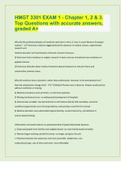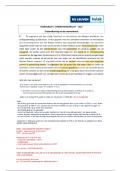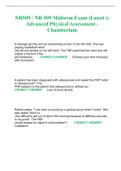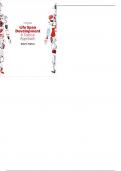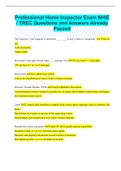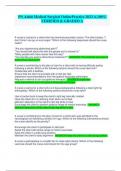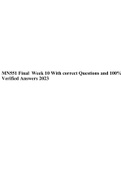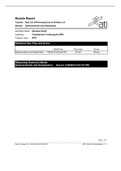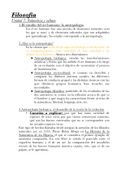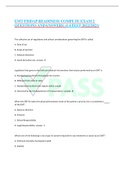Tentamen (uitwerkingen)
HMGT 3301 EXAM 1 - Chapter 1, 2 & 3. Top Questions with accurate answers, graded A+
- Vak
- Instelling
HMGT 3301 EXAM 1 - Chapter 1, 2 & 3. Top Questions with accurate answers, graded A+ Why did the professionalization of medicine start later in the U.S. than in some Western European nations? - -American medicine lagged behind the advances in medical science, experimental research and medical ...
[Meer zien]
